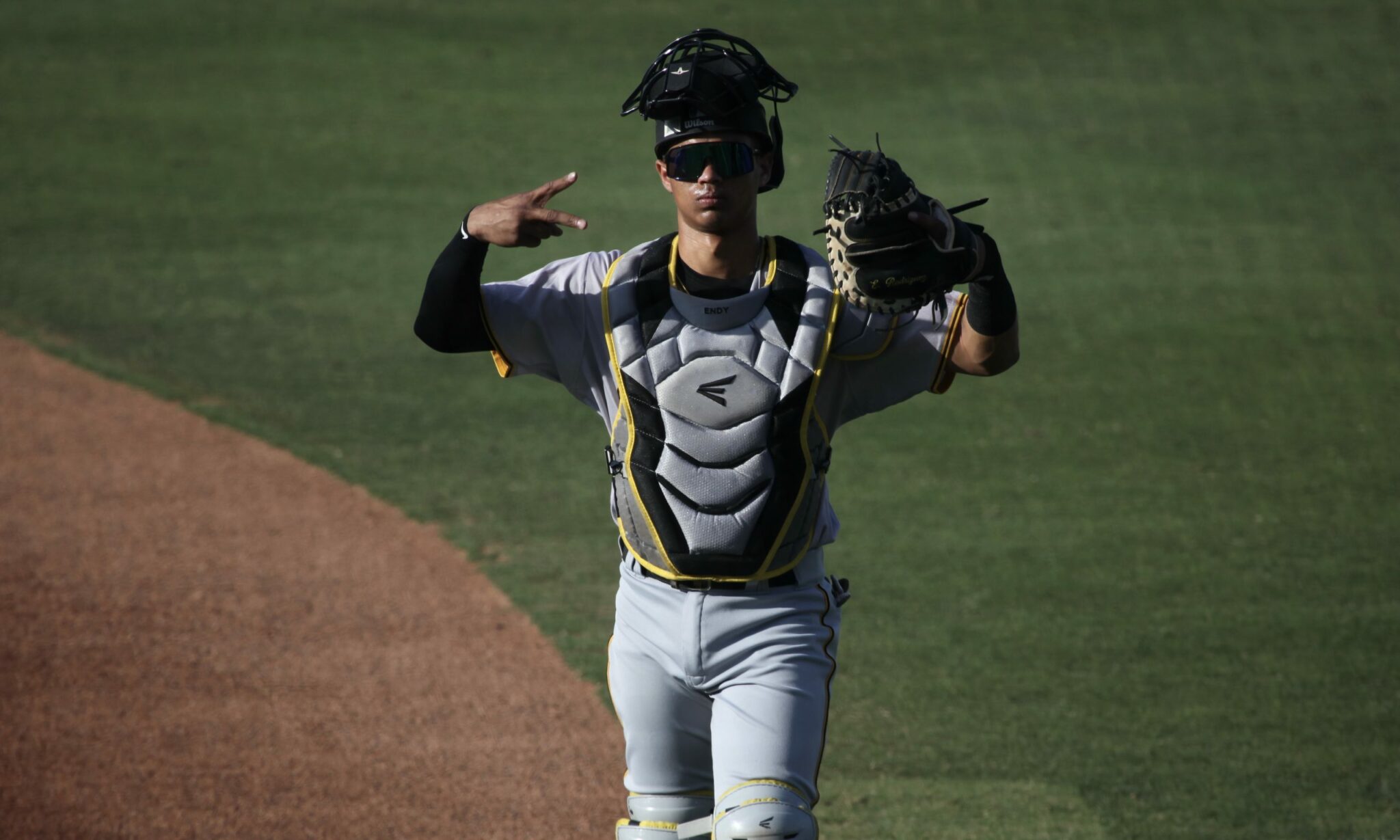As the final part of this series, here’s a look at how the Pirates acquired their top prospects over the years. As before, this comes from the Baseball America top 30 (occasionally top 31 or 32) from 2001 to 2022. Or, more accurately, to midseason 2021, as BA’s 2022 top 30 isn’t out yet. Previously, I covered the positional breakdown of the top 30s and their point of origin, i.e., prep, college, etc., when they first signed as pros.

Some comments:
**The team’s two teardowns — evidenced by the yellow lines — show up clearly, as well as the fact that the recent one has been more thorough.
**A week ago, we saw that the number of international prospects among the Bucs’ top 30s has shot upwards. From this graph, it’s obvious they nearly all came in trades. Only three international guys on the 2021 midseason top 30 were signed by the Pirates. The international guys acquired by trade include four of their top seven (one is Tucupita Marcano, who at least won’t be in the new top ten) and half of their top 18. This probably says a lot about Ben Cherington’s trade strategy, as young Latin American players are probably the epitome of high-risk, high-upside players.
**The skewing toward trades on the international side is almost certain to change. If we expand to the FanGraphs list of the team’s top 61, 13 are international guys originally signed by the Pirates, including seven in the top 30. (Some of this is probably due to the FG list being over half a year more recent, and some to FG’s greater emphasis on upside as compared to BA.) Another 17 show up in the “others of note” section.
**I included separate items for free agents and waivers pretty much out of spite, because the late-DL and early-NH system was so pitiful. Since 2010, no waiver claims and only two free agents — John Holdzkom and Nick Mears, both of whom were very good signs — have made a Pirates’ top 30. Back in the late-DL years, though, the team’s international program was so lame that the best it could do was scour players released by other teams for longshot prospects. (In 2007-09, that was Romulo Sanchez and Olivo Astacio.) There were also two waiver claims on the top 30 in those years: Jimmy Barthmaier (who ranked as high as 12th) and Franquelis Osoria. Making a Pirates top 30 in those days wasn’t much of a challenge.
THIS WEEK ON PIRATES PROSPECTS
Henry Davis is Already Acting Like a Leader on Day One of Spring Training
The Pirates Are Giving Bubba Chandler Work as a Two-Way Player
Anthony Solometo Looking to Make Funky Delivery More Fluid
The Best Pittsburgh Pirates from the Dominican Summer League
Demographics of the Pirates’ Prospects Over the Years: How They Were Acquired
Brennan Malone is Showing a Confidence Surge
Bear Bellomy: Matchup Oriented Approach Brings Positive Results


